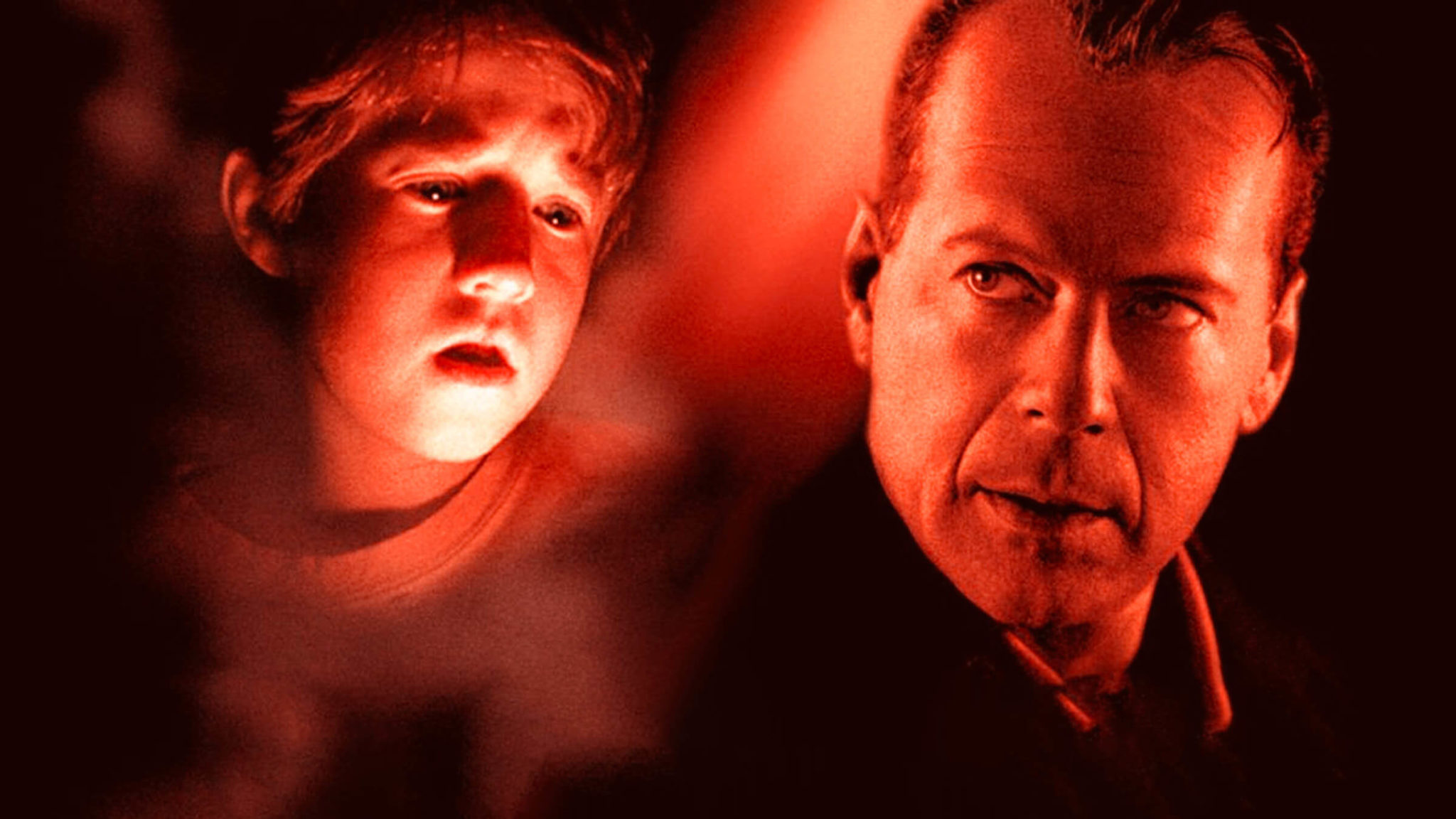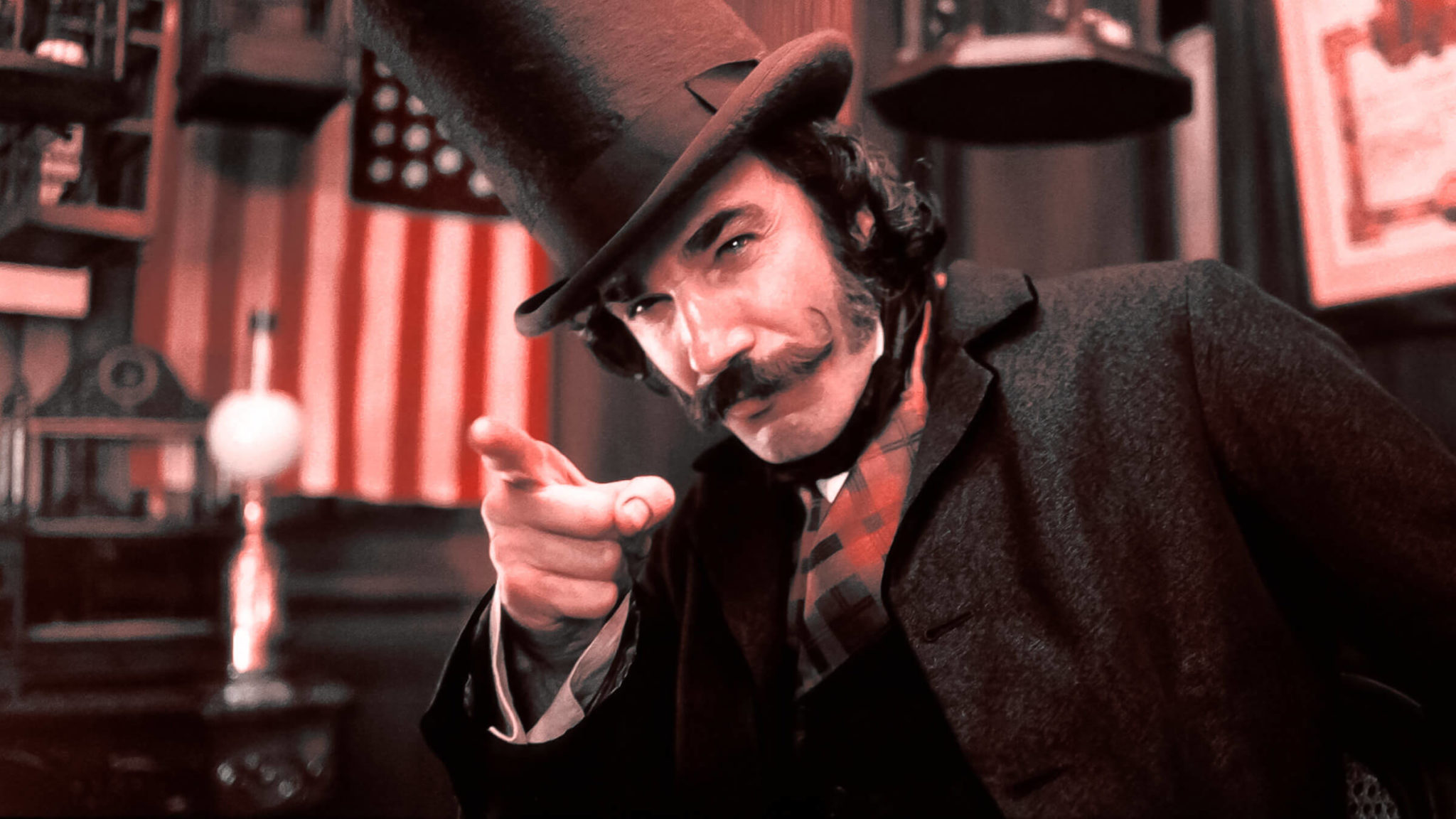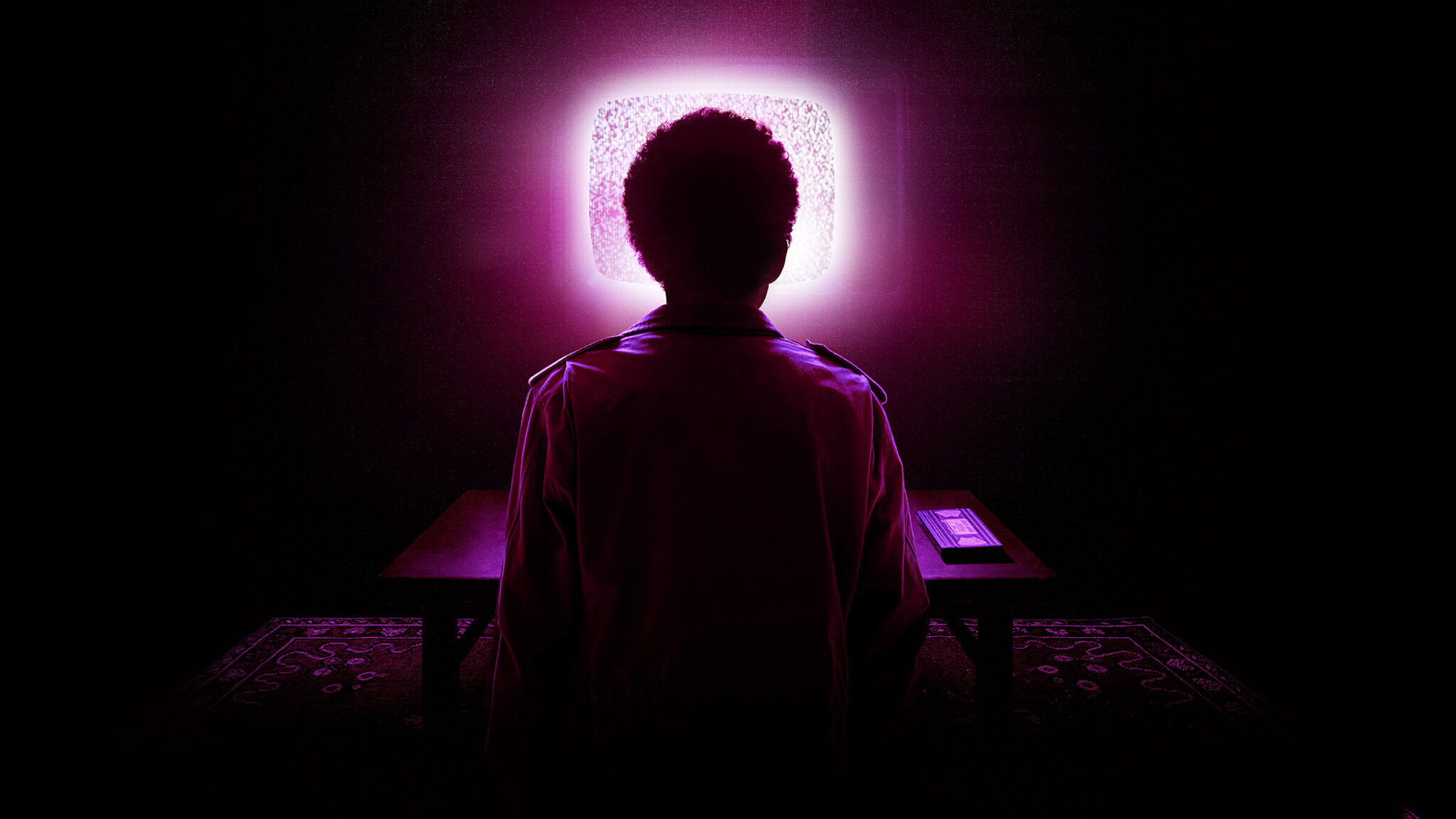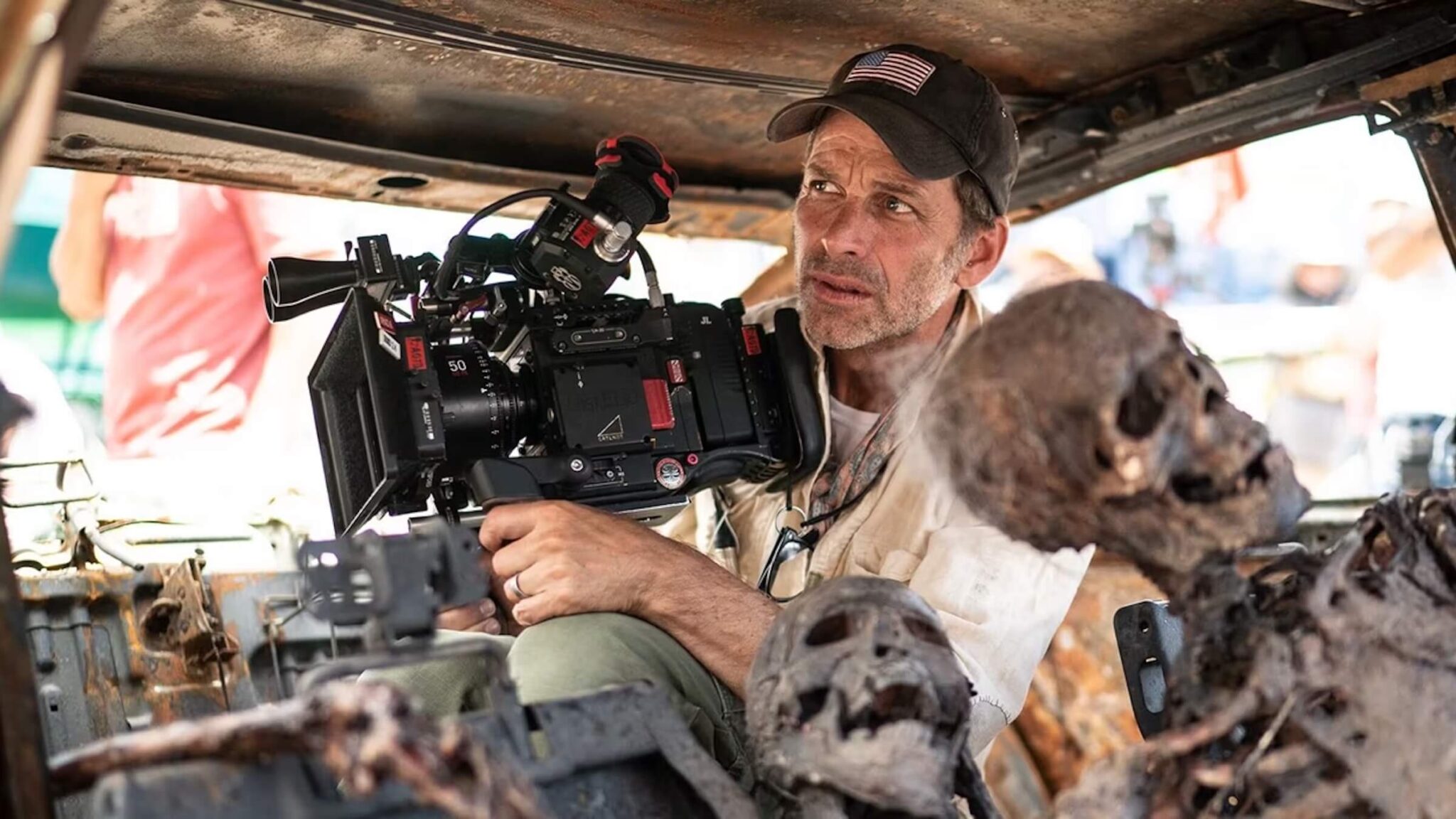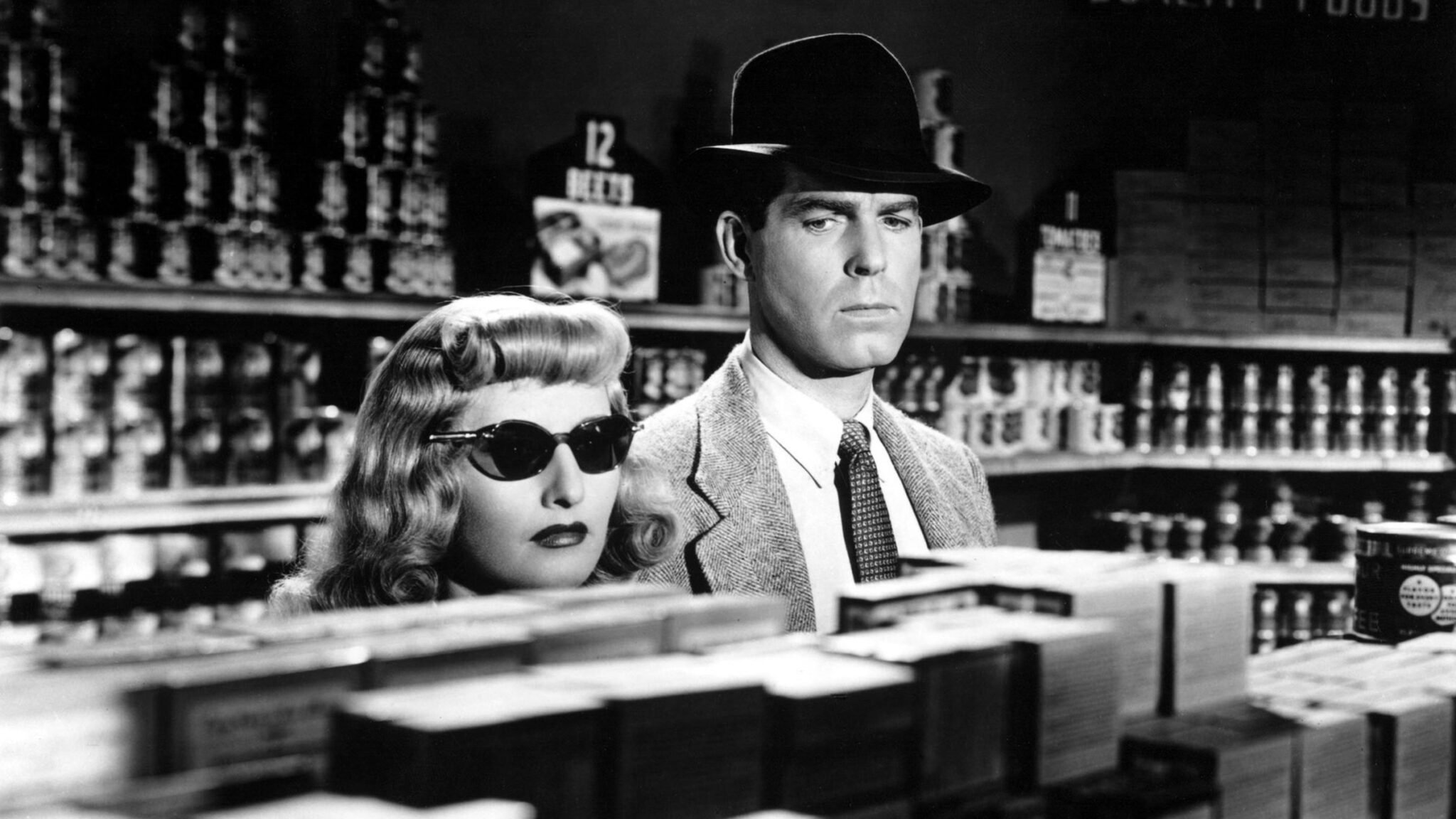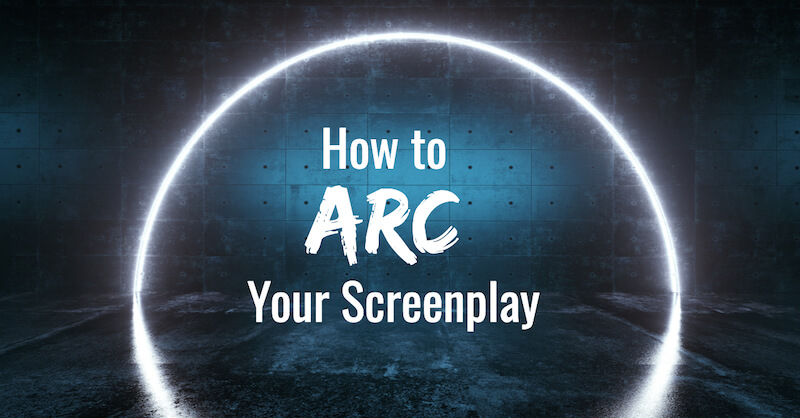Understanding the 3 Types of Character Arcs

Stories are about change. A journey from here to there. The underdog becomes the victor. Ignorance gives way to enlightenment. Stasis crumbles into chaos. And the way writers illustrate that change to an audience is through character arcs.
Let's go over what character arcs are, the different types that you can utilize, and how to craft them in your own screenplays.
Table of Contents
What is a Character Arc?
Transformation. Change. Evolution. Development Journey.
All of these words refer to the same thing when we’re talking about the people who populate our stories — Character Arc.
Character arc simply refers to the change that happens to a character over the course of a story, whether it's an internal change or an external change.
A grumpy curmudgeon becomes a ray of sunshine. A naïve teen grows up. Someone with a strong moral compass is tested until they ultimately choose villainy. A rebel learns to be part of a team.
There are countless ways a character can change throughout the course of a story, but their character arc can typically be categorized into one of three types: positive, negative, or flat.
Positive Character Arcs
I would argue that a large percentage of movies and TV shows fall into this category. The positive character arc is just that — positive.
These kinds of character journeys involve self-improvement, maturity, and growth. A protagonist faces some kind of conflict, learns an important lesson, changes for the better, and overcomes the internal or external flaw.
The overcoming is key. Positive character arcs are distinguished by some kind of victory or favorable growth.
Great examples of positive character arcs can be found in two very different movies — Schindler’s List and Finding Nemo.
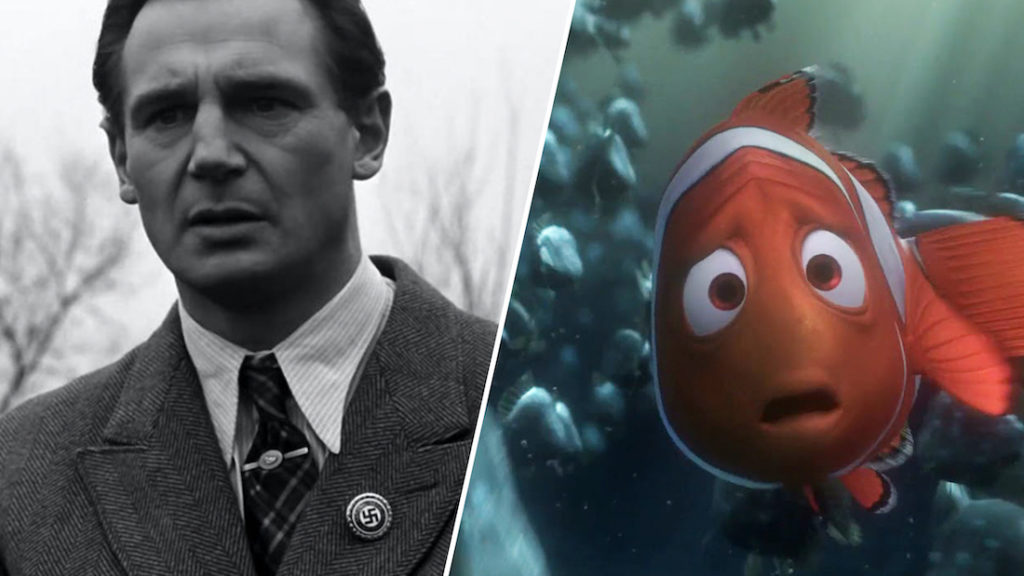
'Schindler's List' | 'Finding Nemo
In the former, Oskar Schindler goes from being someone who only cares about making money to a man who willingly spends his fortune to save Jewish lives during the Holocaust. It’s a huge, positive character arc set against a tragic backdrop.
In the latter, an overprotective, helicopter parent learns that he has to let go of his child in order for him to grow up. It might take the form of an animated clownfish, but it’s just as great a character arc.
Positive character arcs end with the protagonist as an improved version of themselves. They have overcome obstacles, triumphed against conflict, and changed for the better.
Just don’t confuse a positive character arc with “happily ever after.” Plenty of positive character arcs don’t end with the protagonist riding off into the sunset.
La La Land features two positive character arcs in Mia and Sebastian, but the romance plotline of the story ultimately ends with the couple living separate lives. They don’t end up together, but both characters have learned something and are better off than when they started.
Similarly, Casablanca’s Rick Blaine starts as a shell of a man who “sticks his neck out for nobody,” but ends as a hero who willingly sacrifices his own happiness for the greater good of the world. He doesn’t get his “happy ending,” but his arc is undeniably a positive one.
Negative Character Arcs
This category could also be called “tragic downfalls,” for this is the category of Hamlet, Walter White, Anakin Skywalker, Daenerys Targaryen, and Alexander Hamilton.
Negative character arcs are set apart by one thing — failure.
Protagonists in these stories ultimately do not succeed. Instead, by the end, they are worse off than when they started. The change or growth that has occurred to or within them is inherently negative.
Characters with negative arcs descend into evil, become corrupted, or fall victim to flaws of their own personality. It’s no wonder that many of these stories end in death.
The signature example for this type of character arc is that of Michael Corleone in The Godfather.
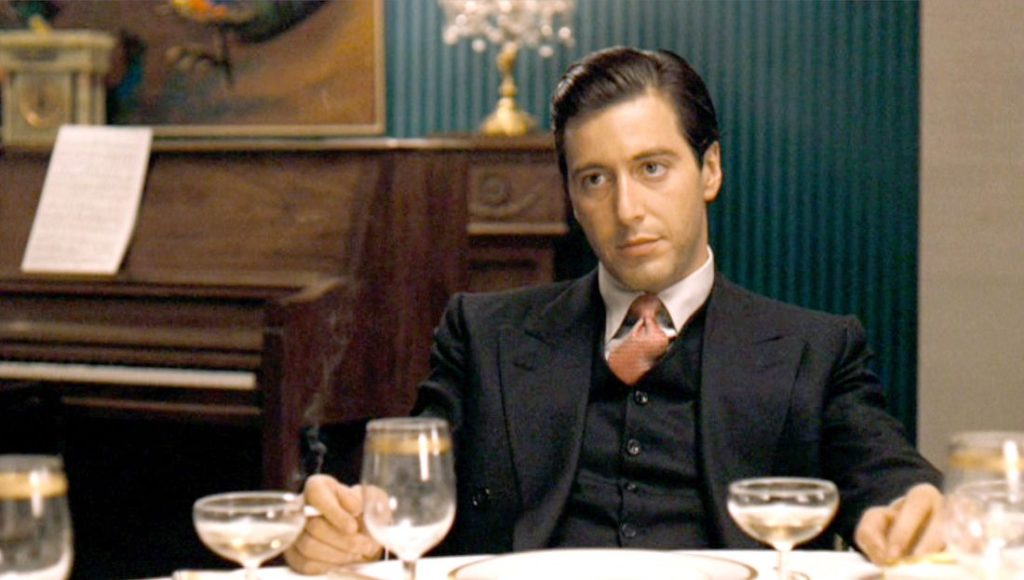
'The Godfather'
At the beginning of his journey, Michael insists he is nothing like his family. He’s a military man, steadfast and determined not to end up enmeshed in the world of crime.
But as Michael reacts to the events of the story — the attack on his father, the murder of his first wife and his brother, the betrayal of a confidant after Vito’s death — he fails. He becomes more and more involved with the mob until he assumes his place as the Godfather.
By the end of the movie, Michael is more powerful, sure, but definitely not a “better” person than when he began.
Negative character arcs may not be as common as positive arcs, but they’re all over Hollywood history. Just look at Citizen Kane, Sunset Boulevard, Psycho, Memento, or just about anything by Martin Scorsese.
Flat Character Arcs
The third and final type of character arc is… well it’s barely an arc at all.
Flat character arcs are categorized by no significant change in the protagonist. In these stories, the protagonist is tested and battles various conflicts but ultimately stays true to their original convictions.
It’s not that there’s no change in the story, it’s just that the change doesn’t occur to or within the protagonist character.
These kinds of character arcs are most often found in mystery and adventure narratives — plots that are episodic in nature, with endings left open-ended for the possibility of the protagonist’s return for another chapter.
It’s Hercules Poirot, Sherlock Holmes, James Bond, and, arguably, Indiana Jones. These characters might battle Nazis, track down murderers, and face death on super-secret spy missions, but they don’t undergo any personal changes in those journeys.

Indiana Jones | James Bond | Sherlock Holmes
With these kinds of stories, it’s less about the change that occurs within a character and more about the outcome of the plot — the solving of a mystery, the seeking of an object, or the saving of a world.
Flat character arcs are fairly easy to identify in movie franchises like Mission Impossible or installments of the MCU, but they can be found elsewhere.
Back to the Future features a flat arc in Marty McFly, a character whose personality, morals, and opinions remain the same over the course of his crazy time-traveling journey.
Similarly, Forrest Gump, Detective Benoit Blanc, Ferris Bueller, and the ensemble of characters in Spotlight also fall into this category. Flat character arcs may be rare, but they’re not unheard of.
How to Craft Your Character's Arc
When crafting your story, try asking some of these questions to assess various elements and determine whether your character’s arc is strong enough.
Goal
What is your protagonist’s goal? By the end of the story, do they succeed or fail in achieving that goal? Do they learn some kind of lesson along the way? If so, is it inherently positive or negative?
Obstacles & Conflict
What obstacles does the protagonist face in pursuit of their goal? What conflict arises in their journey (external and/or internal)? How does your character react to these obstacles and conflicts? Are their reactions positive or negative, or are they changed by the conflict positively or negatively?
Stakes
What happens if the protagonist does not achieve their goal? How will they be affected by success or failure?
Starting Point & End Point
Who was your character when their journey began? Who are they at its conclusion? How would you describe the change that has occurred to or within them along the way?
Tags
Get Our Screenwriting Newsletter!
Get weekly writing inspiration delivered to your inbox - including industry news, popular articles, and more!









